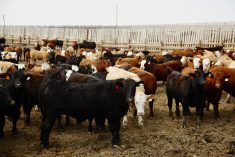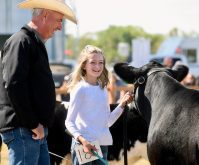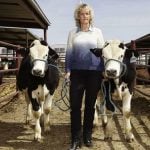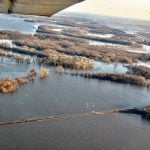Glacier FarmMedia – When it comes to drought, imagining the worst may be the best way to start planning for it.
Wayne Knight, executive director for Holistic Management International, is originally from South Africa, a country known for drought and dry conditions. Because of his background, he’s learned to always be prepared for drought.
“I remember doing a training where the presenter said, ‘You’re either recovering from drought or you’re planning for drought’,” he says. “And I think that’s a really good way to look at this.”
Read Also
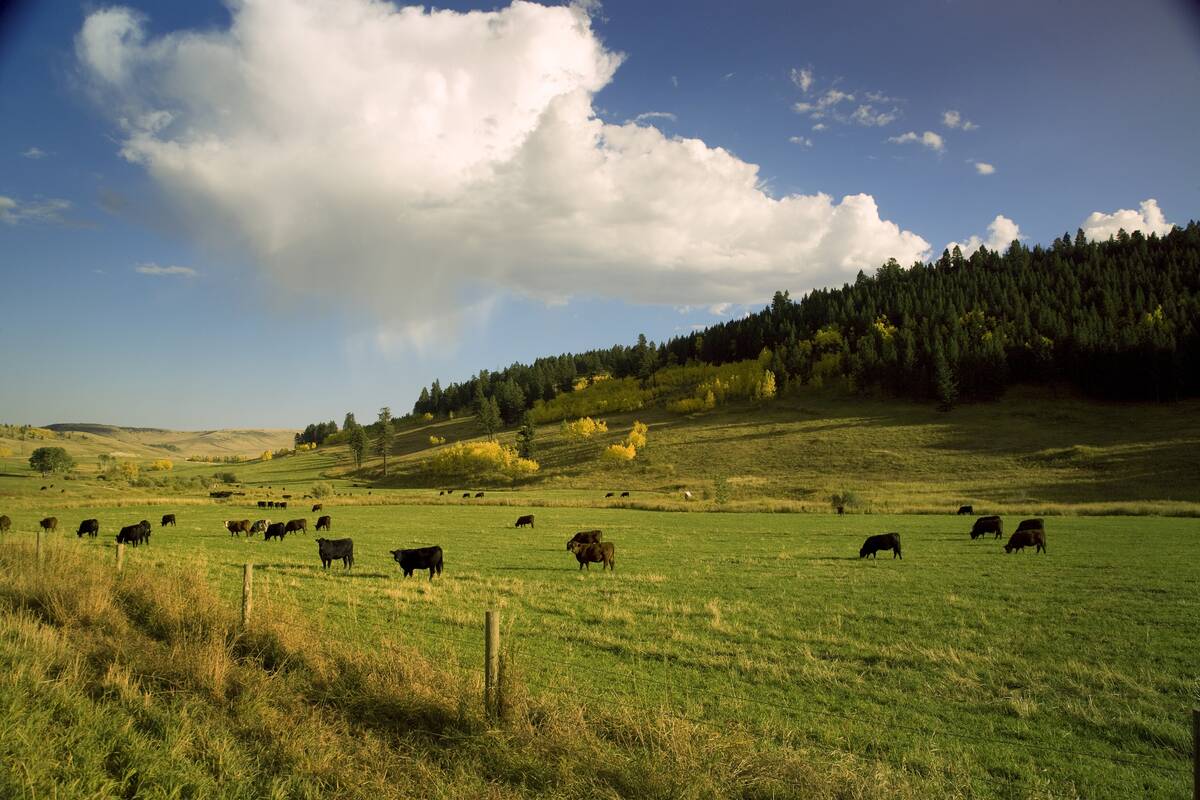
The Canadian Cattle Association’s international advocacy efforts
Global ag policies affect Canadian food policy, so the Canadian Cattle Association participates in international and domestic forums
Knight presented his tips and steps to managing land and finances during drought at the Holistic Management Conference at Assiniboia, Sask., on February 8. His main point is to create a plan for any disruptions to the operation, and stick to it.
When planning for drought, three things should be top of mind: land health and management, animal conditions and finances. These should guide choices made in the plan, Knight explains. When producers notice it getting drier, they should ask themselves what they’ll do and identify decisions they’ll have to make, he adds.
Know how much forage or feed is available
Using a measurement method such as STAC (short for sole, toe, ankle, calf) or by the measurement of tonnes per hectare or stock days per acre, calculate the amount of forage available during a season with normal moisture. STAC is performed by walking through a pasture or field and measuring the forage relative to your leg. It’s a holistic management practice to measure how much forage is available in an area.
The measurement is paired with a rainfall analysis of the past 25 years to determine the pattern of moisture, such as when rain typically arrives, and the “green date” — that is, the date when a field begins to green up.
Know the herd’s forage demands
This step is critical to determining how much forage is needed for a standard animal’s daily consumption per acre. It measures the forage needed for the current herd size and when livestock’s needs outweigh available forage. If you have a reliable “green date” and you’ve measured the forage needed for the herd, you’ll know how many animals you can keep, and how many you can buy hay for or find grazing for elsewhere, Knight says.
Match animals to forage
Using the calculations of the previous two steps, producers can determine their stock feed requirements and potential trigger dates. Trigger dates are tied to the number of stock days available based on average forage growth and seasonal moisture variation, and how these compare to stock days needed for herd size.
Knight says the calculations will tell farmers how many livestock units they need to sell, and how many stock days they have. “Is that balancing what the herd needs? And with that number, you’ve got immediate decisions to make.”
The other piece of this matching game is to determine which animals are kept and which are to be sold. To ease decision-making, Knight recommends a stock flow chart or tier system.
Farmer Calvin Gavelin, who sat on the drought management panel, has employed the tier system himself. Gavelin says he does it to be prepared in a drought scenario.
First, in the spring, he separates his automatic culls into a pasture, so they can be sold whenever he needs to do so. Then, when it’s time to pull his bulls, he separates any dry cows to further eliminate grass pressure. His final step is to pull yearlings and sell those if he must.
However, Knight warns, keep future herd structure in mind when making these plans and try not to be too rash. He used a scenario of low cow prices and high heifer prices, in which the immediate reaction would be to sell heifers. But how would selling too many heifers affect the operation in two or three years? The farmer would likely see reduced cash flow, as there wouldn’t be enough young cows, he explains.
Act quickly
In a drought situation, producers should prioritize forage health. While animal performance is important, it’s a “definite second.” The best way to secure a strong build-back is by keeping the land healthy.
Knowing which animals to eliminate, and when, reduces stress on both the producer and the land. Between calculations and observations, a producer can create a grazing plan year-to-year that will provide potential “trigger” dates to pull tiers of animals.
Knight explains these dates likely won’t be the exact right time to destock or sell, but they will provide a timeline. Near these dates is when producers should consider the land health, available moisture, herd numbers and livestock prices — and be ready to act as needed.
If a producer hasn’t planned for drought, or doesn’t want to, it’s essential to at least know the variables and understand the numbers, he says. Being able to recognize the balance of animals to forage, forage growth and available moisture, and when to keep versus sell, are as important as having a hard plan.





